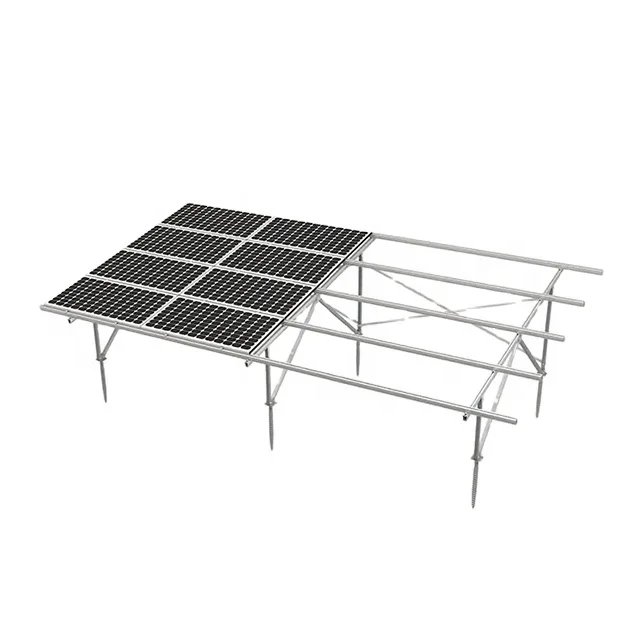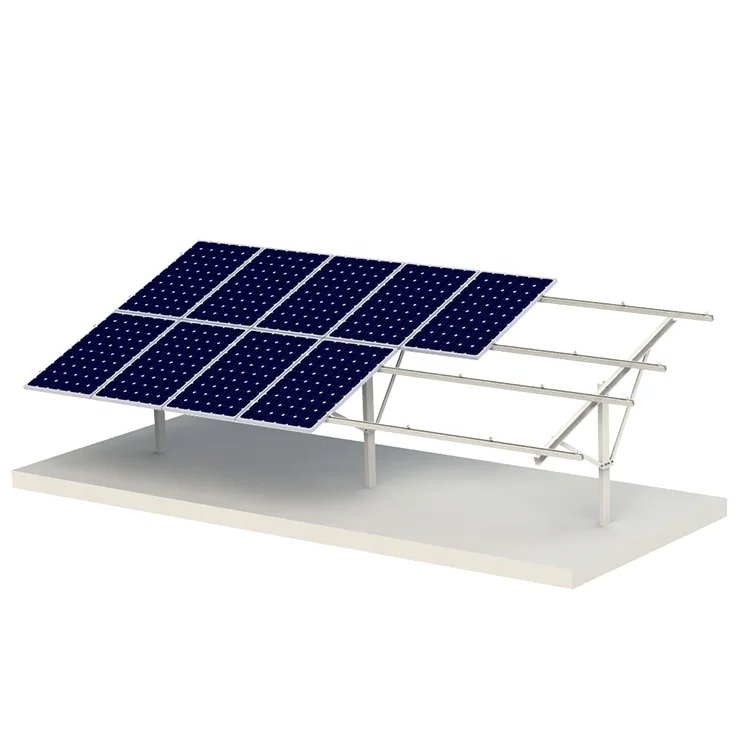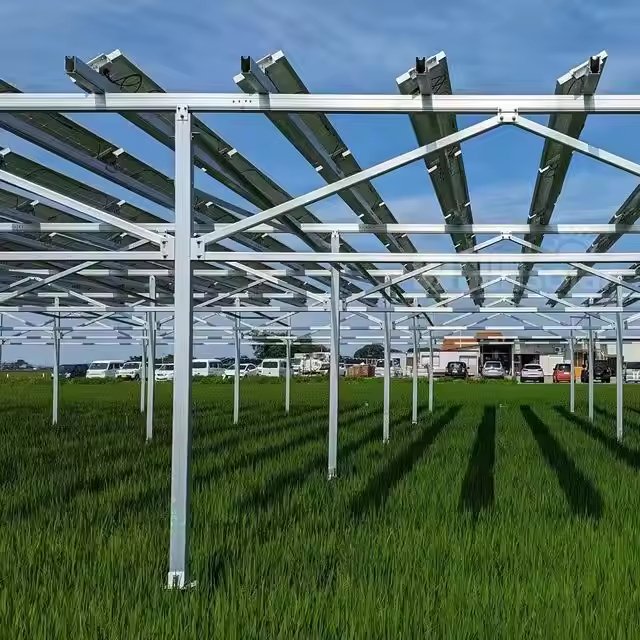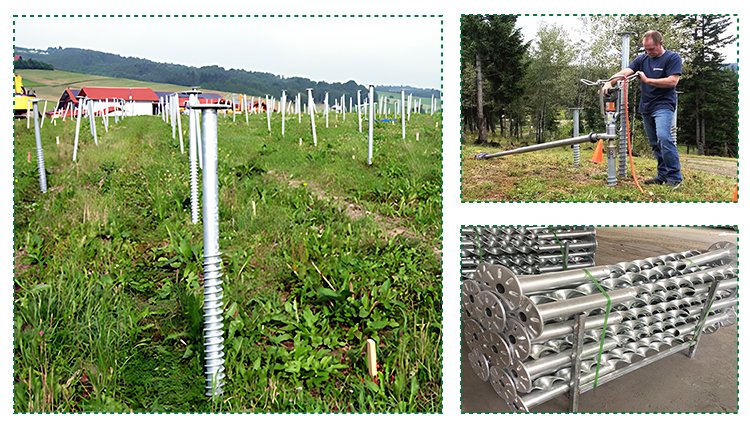-
2103 Room NO.322 Xinggang One Road,Haicang District,Xiamen Fujian,China

Global Update: Solar Mounting System Design Guidelines
More Durable, Safer, and Adaptable for Extreme Weather Worldwide
Recent updates to solar racking design guidelines—originally developed and tested in Japan—are gaining traction globally due to their focus on strength, material reliability, and climate adaptability. These improvements are increasingly seen as best practices for solar farms in diverse conditions such as typhoon-prone islands, snowy highlands, or corrosion-heavy coastlines.
Table of Contents
Why New Guidelines Matter Globally
H3: Adapting to Diverse Environmental Pressures
Previous mounting system guidelines often overlooked:
- Wind pressure on sloped terrain
- Long-term material corrosion
- Structural failures due to inadequate aluminum thickness
By learning from Japan’s rigorous standards and applying them globally, developers can reduce costly repairs, avoid power outages, and extend the life of solar infrastructure.
Overview of the New Global Design Approach
The updated approach now includes four essential design principles:
- Material Standardization
- Structural Reinforcement Based on Load Zones
- Foundation Design for Local Topography
- Preventative Anti-Corrosion Strategy
This new framework targets 50-year storm resilience—a benchmark that many countries now adopt in the face of intensifying climate events.
Key Design Principles Explained
H3: Use of Verified Materials – Not Just Steel
The updated guidelines recommend using aluminum, acier galvanisé, and even concrete—each material chosen based on durability, corrosion resistance, and location-specific conditions.
✅ Example: Our Concrete Block Foundation Systems work well in typhoon and snow-prone regions.
H3: Minimum Aluminum Thickness for Strength
Thin aluminum rails have caused failures in past systems. The global recommendation now aligns with Japan’s: 1.0mm minimum thickness for structural aluminum components.
Additionally, welding and heat treatment must follow international structural standards (such as ASTM B221 and EN 755-9).
✅ Products like the Aluminum Ground Mount System are designed with these upgraded specs.

H3: Terrain-Aware Foundation Engineering
Flatland designs are not fit for mountains or coastal cliffs. In sloped areas, wind pressure increases with altitude and angle. New guidelines emphasize localized load calculations and recommend:
- Tilt adjustment for airflow resistance
- Foundation depth variation based on slope
✅ Our Ramming Pile Mounting Systems handle these demands on uneven ground.

H3: Addressing “Dry Zone Corrosion”
Surprisingly, rain helps clean mounting systems of pollutants. When certain sections stay dry (e.g., under modules or eaves), they accumulate corrosive materials, leading to undetected deterioration.
The new global recommendation includes:
- Drainage design for all mount surfaces
- Periodic cleaning of sheltered components
- Use of protective coatings in dry zones
✅ Try our Zinc-Aluminum-Magnesium Coated Steel for rust-resistant mounting on rooftops or dry areas.
Real-World Use Cases
- Japan’s mountainous terrain required wind-resistant, terrain-aware designs—now mirrored in hilly regions like Switzerland and central Vietnam.
- Salt-air corrosion experienced in Okinawa matches challenges faced in California or Mediterranean coastlines, now solved with anti-corrosion coatings and drain systems.
Summary: Toward Universal Best Practices
Here’s what your design checklist should include going forward:
| Requirement | Description |
|---|---|
| Material Compliance | Use certified aluminum, galvanized steel, and concrete |
| Minimum Thickness | Aluminum structural parts ≥ 1.0mm |
| Custom Foundations | Designs adapted to terrain and wind zones |
| Corrosion Prevention | Rain shielding strategy + scheduled inspections |
Related Solar Racking Solutions
- 🌱 Terrain agricole Système de montage solaire – For farmland installs with ground clearance
- 🏠 Système de montage solaire en toiture – Adapted to both metal and tile roofs
- 🔩 Solar Mounting Accessories – End clamps, cable clips, drainage channels, and more
If you’re designing a system for challenging conditions or aiming for a 25–50 year lifespan, choose a mounting solution that exceeds the minimum.
➡️ Explore Firstsolar’s racking systems for globally trusted solutions.








